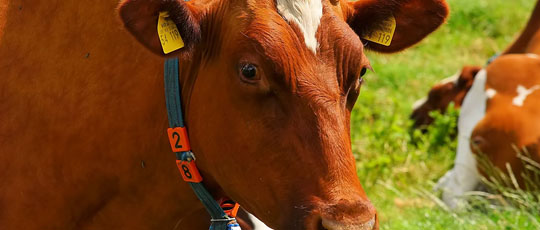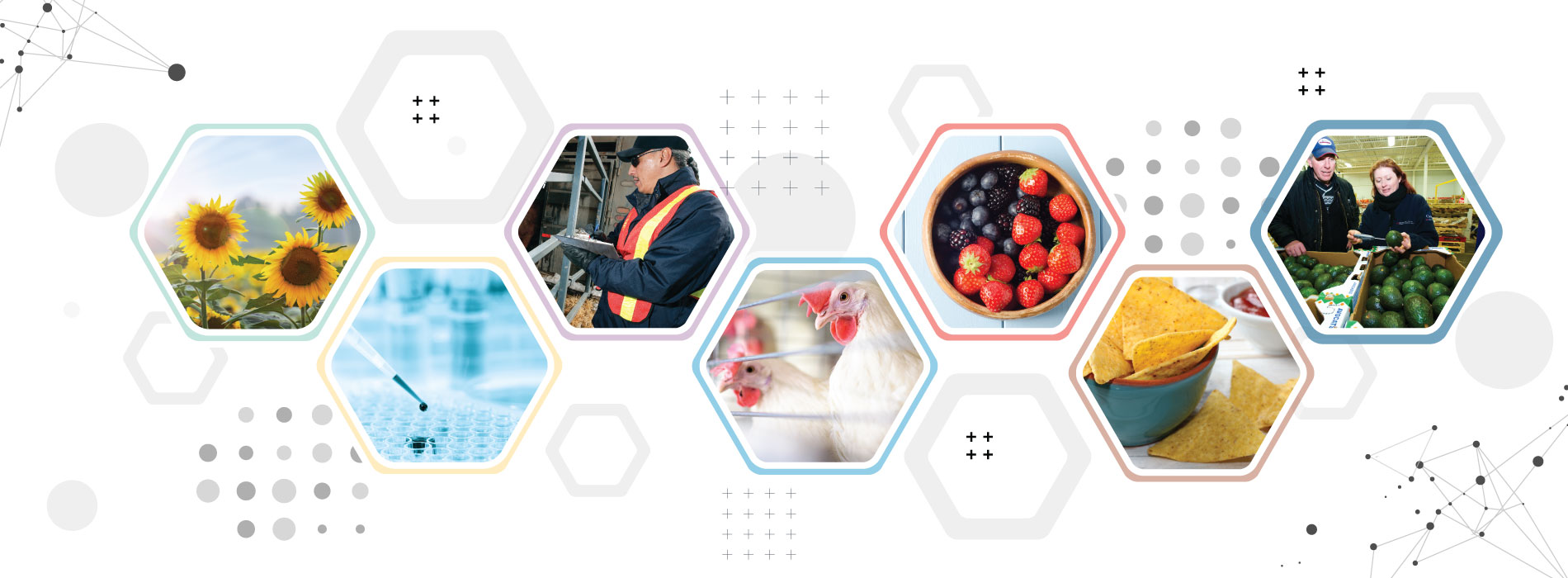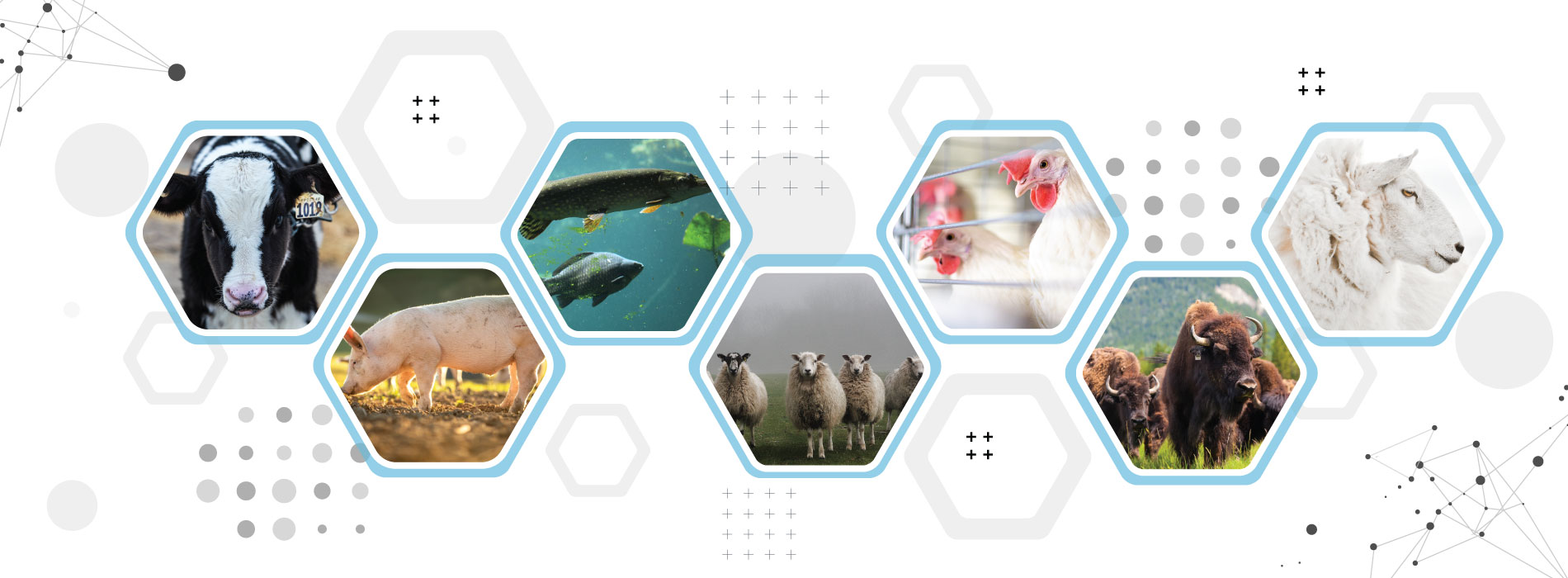CFIA learning catalogue
Browse the Canadian Food Inspection Agency’s (CFIA) full list of online course offerings using our new course catalogue.
Filter by
Skip to search results
Introduction to Investigation of Animal Diseases: Movement Control
This course introduces the principles and procedures of movement control during an Initial Disease Investigation, preparing CFIA staff to participate as a member of, or lead, a movement control team. Although the focus is on disease suspicion identified on-farm, the concepts are also applicable to investigations at slaughterhouses.

Introduction to Managing Non-compliance
This online course is a complement to the Introduction to the Standard Inspection Process (SIP) online course. Participants will be provided with key infomation on how to manage non-compliance including the categorazation of non-compliance, timeframe for regulated parties to complete corrective actions and follow up inspections.

Introduction to PI-07: The Technical Heat Treatment Guidelines and Operating Conditions
The PI-07 is a CFIA document that describes several options to heat treat wood to achieve a minimum core temperature/time. CFIA inspectors may be required to certify heat-treated wood or to conduct field audits of Alternative Service Delivery (ASD) organizations responsible for the oversight of the HT Program.

Introduction to Preventive Control Inspection (PCI) Task Type
This online course is a complement to the Introduction to the Standard Inspection Process (SIP) online course. Intended for inspectors using the SIP approach, participants will focus on the Preventive Control Inspection (PCI) task type, one of three types of inspections using the SIP approach.

Introduction to Procedures for Internal Disclosure of Wrongdoing at CFIA
This introductory course will help employees understand these procedures; their rights and responsibilities with respect to internal disclosure of wrongdoing at the CFIA; the role of the CFIA Senior Integrity Officer (SIO); and the role of the Public Sector Integrity Commissioner (PSIC).



